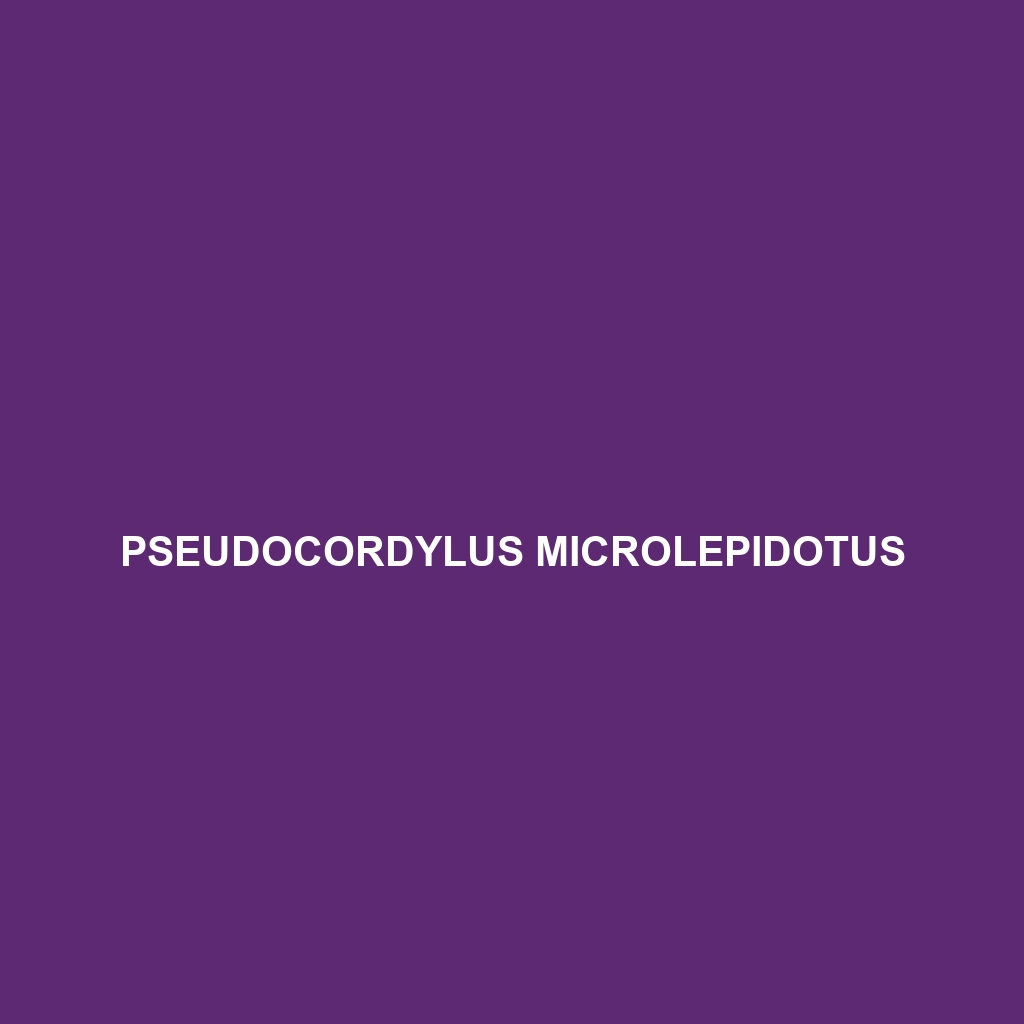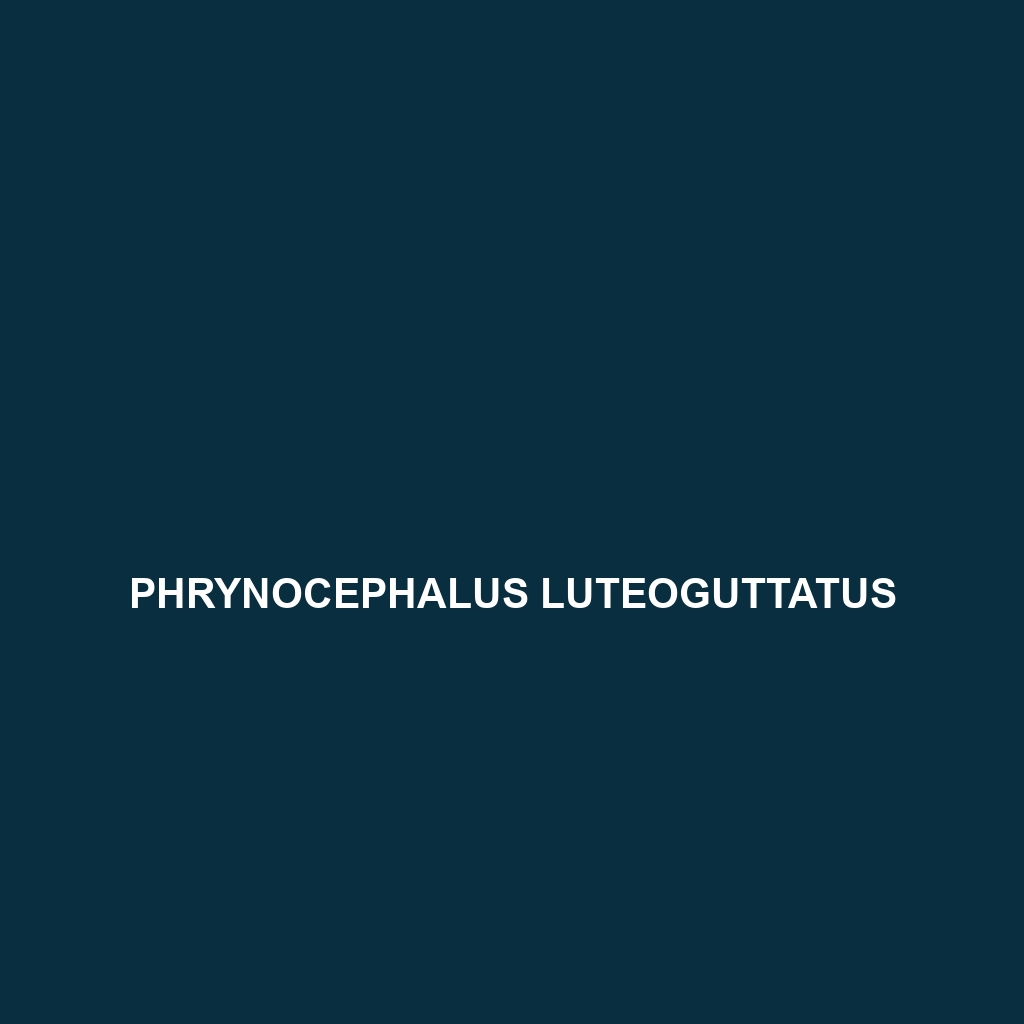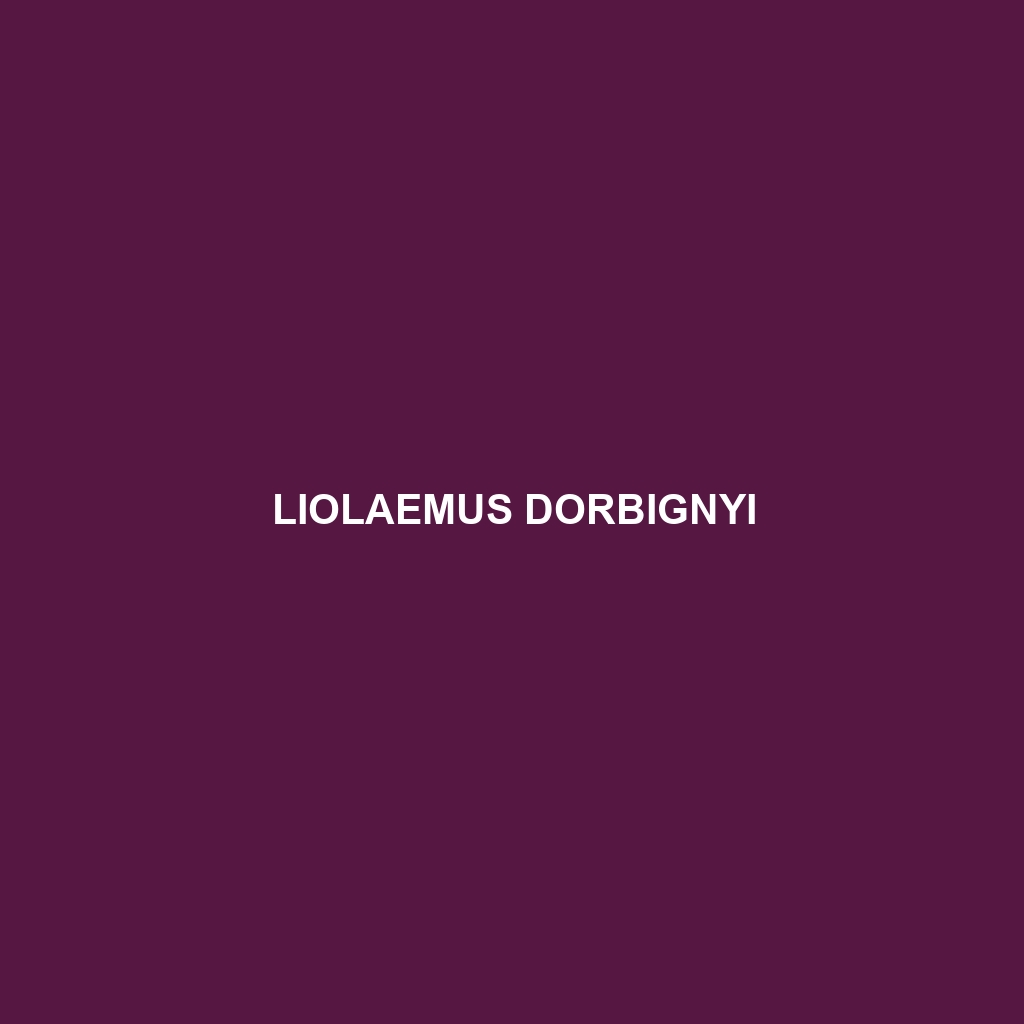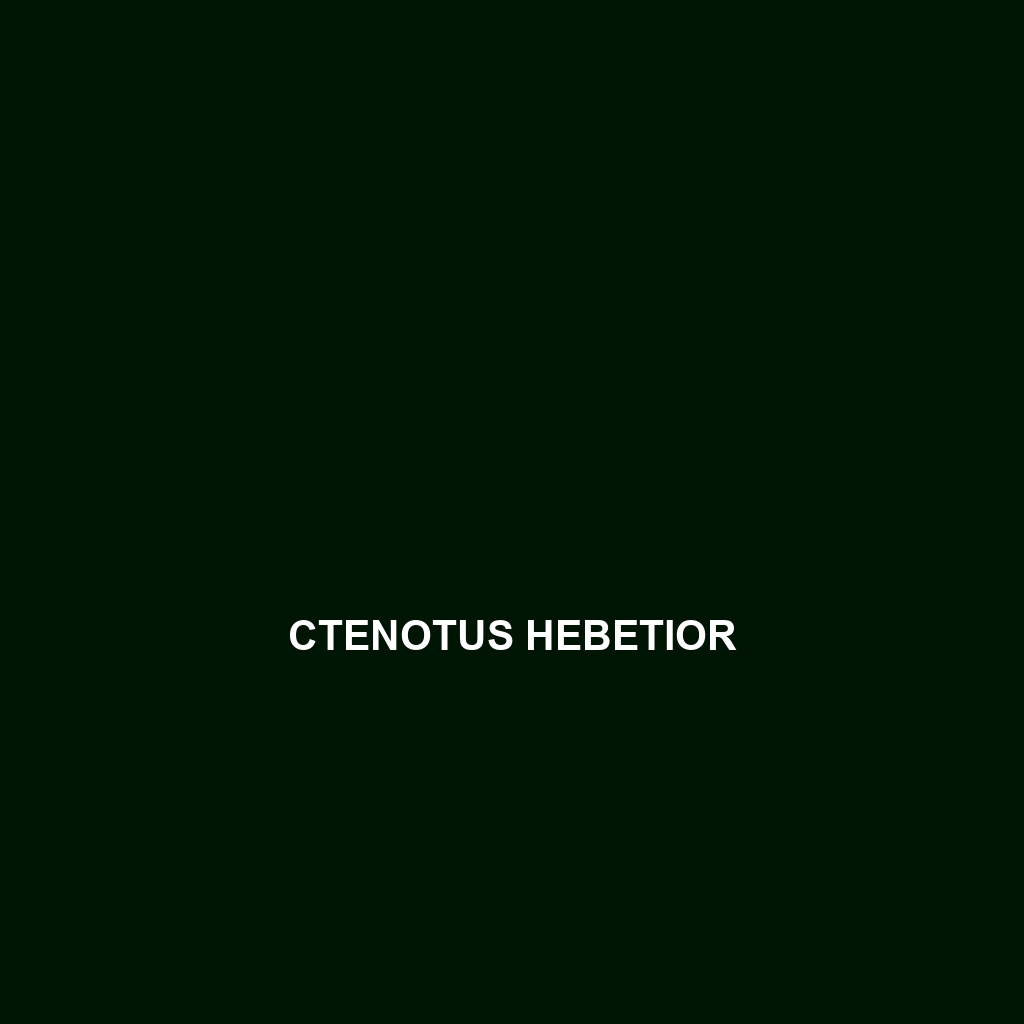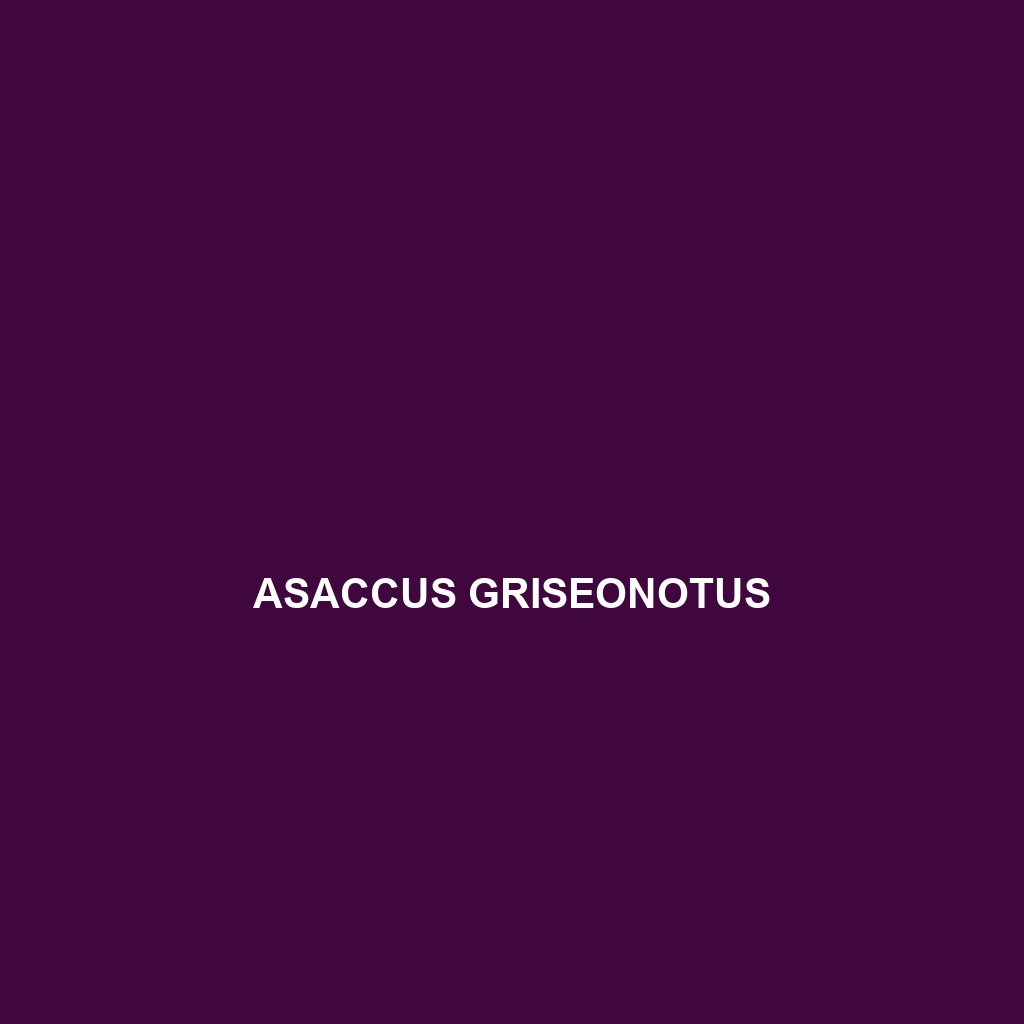<b>Pseudocordylus microlepidotus</b>, or the Southern Roofed Lizard, is a medium-sized, insectivorous lizard native to the arid regions of southern Africa, characterized by its flattened body, rough granulated scales, and distinctive defense mechanism of tail autotomy. This adaptable species thrives in various habitats, playing a crucial role in maintaining insect populations and serving as prey for larger predators.
Tag: semi-arid ecosystems
Pseudocordylus microlepidotus
<b>Pseudocordylus microlepidotus</b>, or the Southern Roofed Lizard, is a medium-sized, insectivorous lizard native to the arid regions of southern Africa, characterized by its flattened body, rough granulated scales, and distinctive defense mechanism of tail autotomy. This adaptable species thrives in various habitats, playing a crucial role in maintaining insect populations and serving as prey for larger predators.
Phymaturus querque
<b>Phymaturus querque</b>, a medium-sized lizard native to the arid regions of Patagonia, Argentina, thrives in rocky outcrops and exhibits a robust build with distinctive camouflage. This diurnal omnivore plays a crucial role in its ecosystem by controlling insect populations and serving as prey for larger predators, while its viviparous reproduction ensures the survival of young in challenging conditions.
Phrynocephalus luteoguttatus
<p>Discover the <b>Phrynocephalus luteoguttatus</b>, or yellow-spotted toad-headed agama, a striking lizard native to the arid regions of central and southwest Asia. Known for its unique sandy yellow coloration with black spots, this insectivorous species thrives in semi-arid habitats, playing a crucial role in maintaining ecosystem balance.</p>
Meroles suborbitalis
Discover the fascinating Meroles suborbitalis, or sand lizard, renowned for its slender body, striking sandy coloration, and diurnal habits. This insectivorous lizard thrives in arid habitats across southern Africa, playing a crucial role in maintaining ecological balance.
Liolaemus dorbignyi
Liolaemus dorbignyi, commonly known as Dorbigny's lizard, is a medium-sized, vibrant-colored lizard native to the temperate regions of South America, thriving in rocky areas and diverse habitats. Primarily insectivorous, it plays a crucial role in controlling insect populations while exhibiting unique courtship displays during breeding seasons.
Diporiphora magna
Diporiphora magna, a fascinating Australian species known for its ability to blend into sandy and rocky habitats, agile climbing skills, and carnivorous diet primarily consisting of insects. With distinctive pale gray to sandy brown coloration and impressive reproductive habits, this resilient species plays a crucial role in maintaining ecological balance.
Ctenotus hebetior
Ctenotus hebetior, commonly known as the hebetor skink, is a medium-sized skink native to arid regions of central and western Australia, characterized by its distinct brown and gray coloration and an agile, diurnal behavior. This resilient species plays a crucial role in maintaining ecological balance by preying on insects while also serving as prey for larger predators.
Ctenotus decaneurus
Ctenotus decaneurus, a medium-sized skink native to arid regions of inland Australia, is distinguished by its elongated body, smooth scales, and light brown to dark tan coloration with stripes. Active during the day, this insectivorous species plays a crucial role in its ecosystem by regulating insect populations and serves as a prey source for larger predators.

